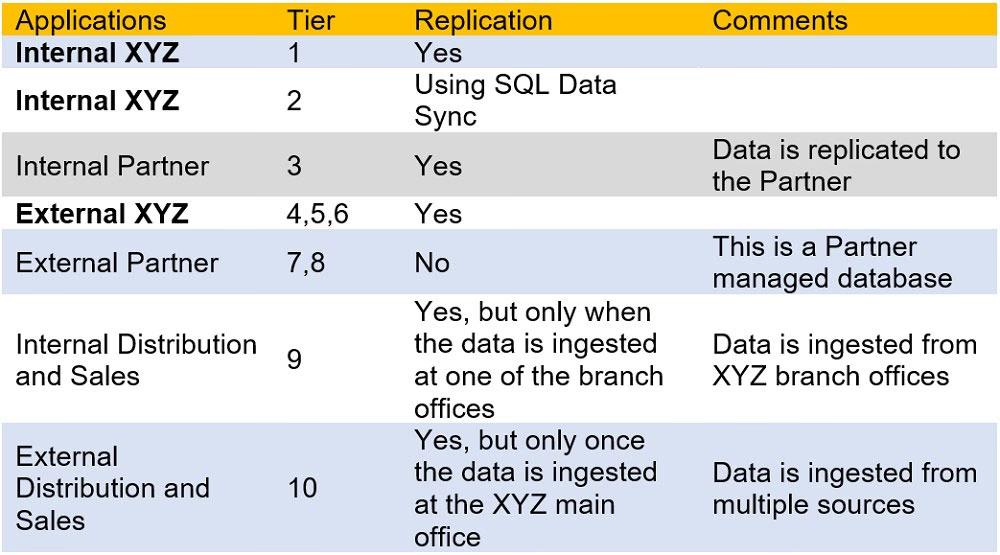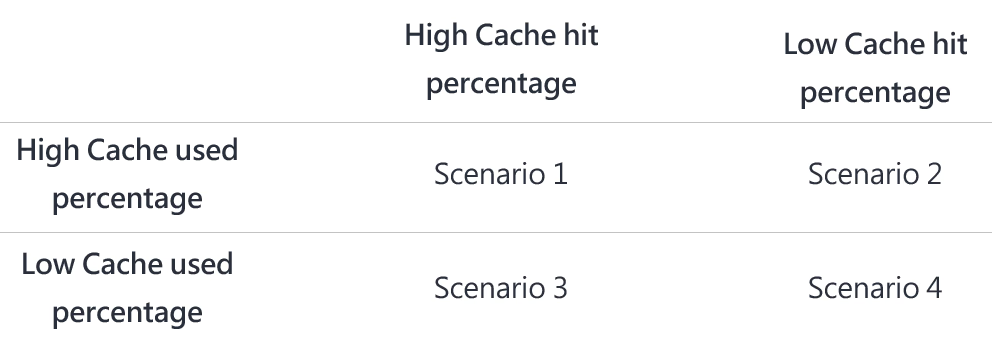Case study -
This is a case study. Case studies are not timed separately. You can use as much exam time as you would like to complete each case. However, there may be additional case studies and sections on this exam. You must manage your time to ensure that you are able to complete all questions included on this exam in the time provided.
To answer the questions included in a case study, you will need to reference information that is provided in the case study. Case studies might contain exhibits and other resources that provide more information about the scenario that is described in the case study. Each question is independent of the other questions in this case study.
At the end of this case study, a review screen will appear. This screen allows you to review your answers and to make changes before you move to the next section of the exam. After you begin a new section, you cannot return to this section.
To start the case study -
To display the first question in this case study, click the Next button. Use the buttons in the left pane to explore the content of the case study before you answer the questions. Clicking these buttons displays information such as business requirements, existing environment, and problem statements. If the case study has an
All Information tab, note that the information displayed is identical to the information displayed on the subsequent tabs. When you are ready to answer a question, click the Question button to return to the question.
Overview -
XYZ is an online training provider.
Current Environment -
The company currently has Microsoft SQL databases that are split into different categories or tiers. Some of the databases are used by Internal users, some by external partners and external distributions.
Below is the List of applications, tiers and their individual requirements:

Below are the current requirements of the company:
* For Tier 4 and Tier 5 databases, the backup strategy must include the following:
- Transactional log backup every hour
- Differential backup every day
- Full backup every week
* Backup strategies must be in place for all standalone Azure SQL databases using methods available with Azure SQL databases
* Tier 1 database must implement the following data masking logic:
- For Data type XYZ-A `" Mask 4 or less string data type characters
- For Data type XYZ-B `" Expose the first letter and mask the domain
- For Data type XYZ-C `" Mask everything except characters at the beginning and the end
* All certificates and keys are internally managed in on-premise data stores
* For Tier 2 databases, if there are any conflicts between the data transfer from on-premise, preference should be given to on-premise data.
* Monitoring must be setup on every database
* Applications with Tiers 6 through 8 must ensure that unexpected resource storage usage is immediately reported to IT data engineers.
* Azure SQL Data warehouse would be used to gather data from multiple internal and external databases.
* The Azure SQL Data warehouse must be optimized to use data from its cache
* The below metrics must be available when it comes to the cache:
- Metric XYZ-A `" Low cache hit %, high cache usage %
- Metric XYZ-B `" Low cache hit %, low cache usage %
- Metric XYZ-C `" high cache hit %, high cache usage %
* The reporting data for external partners must be stored in Azure storage. The data should be made available during regular business hours in connecting regions.
* The reporting for Tier 9 needs to be moved to Event Hubs.
* The reporting for Tier 10 needs to be moved to Azure Blobs.
The following issues have been identified in the setup:
* The External partners have control over the data formats, types and schemas
* For External based clients, the queries can't be changed or optimized
* The database development staff are familiar with T-SQL language
* Because of the size and amount of data, some applications and reporting features are not performing at SLA levels.
You have to implement logging for monitoring the data warehousing solution.
Which of the following would you log?
